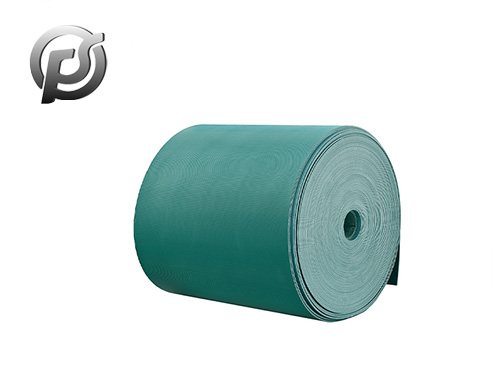White
conveyor belt, as a kind of conveyor belt, has been more and more important application in daily production and life, but the use of white conveyor belt is also bound to be accompanied by wear and tear, as a kind of variable cost in the production process, many manufacturers want to save costs as much as possible. Therefore, the service life of white conveyor belt has been widely concerned by everyone. White conveyor belt manufacturers want to tell you that even some white conveyor with wear and tear phenomenon, but this does not affect the continued use of white conveyor belt.
Conveyor belt wear in the use process is inevitable, in general, the main wear form has the edge delamination, fester, defect and cracking, long longitudinal tear, deep scratches, holes, large area of wear and tear, covering plastic bulge or internal defects such as peeling and joint forms, one of the most serious is the longitudinal tear, and the most common is the edge defect. So how do we solve these kinds of problems?
Hot vulcanization is the most widely used method for conveyor belt joints, but it does not mean that this method is also suitable for the repair of conveyor belts. The traditional high-temperature hot vulcanization process equipment is heavy and labor intensity is high, and the repair effect of long-distance longitudinal tear, long-distance edge ulceration and edge defect is poor. At present, the most commonly used in China are two kinds of foreign new materials - Kester 90T high curing rubber repair paste or Forthorne rubber repair material repair.
 Optimizing Operations with PE Conveyor Belts: Durability, Efficiency, and Versatility
Optimizing Operations with PE Conveyor Belts: Durability, Efficiency, and Versatility
 Exploring the Efficiency and Versatility of Light Conveyor Belts
Exploring the Efficiency and Versatility of Light Conveyor Belts
 Polyester Conveyor Belts: Enhancing Efficiency and Reliability in Material Handling
Polyester Conveyor Belts: Enhancing Efficiency and Reliability in Material Handling